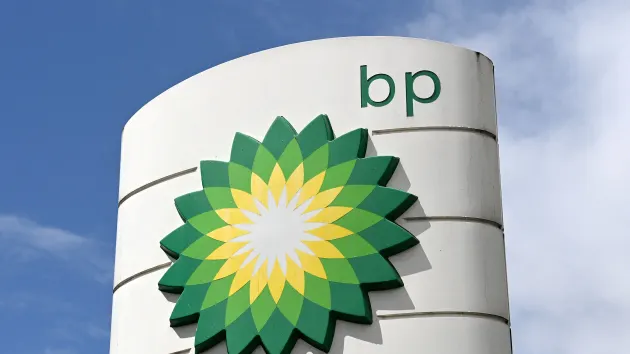
Oil and gas supermajor BP has agreed to take a 40.5% equity stake in the Asian Renewable Energy Hub, a vast project planned for Australia set to span an area of 6,500 square kilometers.
In an announcement Wednesday, BP said it would become the operator of the development, adding that it had “the potential to be one of the largest renewables and green hydrogen hubs in the world.”
Located in the Pilbara region of Western Australia, it’s envisaged the project will develop up to 26 gigawatts of combined solar and wind generating capacity.
The idea is that the hub would provide power to local customers. The hydrogen and ammonia would be used in Australia and exported internationally.
“At full capacity, AREH is expected to be capable of producing around 1.6 million tonnes of green hydrogen or 9 million tonnes of green ammonia, per annum,” BP said.
The firm said it would assume operatorship of the project on July 1, adding that this was “subject to approvals.”
Shares of London-listed BP traded 1.2% lower on Wednesday afternoon.

Hydrogen, which has a diverse range of applications and can be deployed in a wide range of industries, can be produced in a number of ways. One method includes using electrolysis, with an electric current splitting water into oxygen and hydrogen.
If the electricity used in this process comes from a renewable source such as wind or solar then some call it “green” or “renewable” hydrogen. Today, the vast majority of hydrogen generation is based on fossil fuels.
BP’s announcement did not disclose the amount it was paying for its stake in the AREH project. The other shareholders are InterContinental Energy, CWP Global and Macquarie Capital and Macquarie’s Green Investment Group. Their stakes are 26.4%, 17.8% and 15.3%, respectively.
While Wednesday’s news is a shot in the arm for the Asian Renewable Energy Hub, the project’s development has not been without its challenges, including a June 2021 decision from authorities.
Anja-Isabel Dotzenrath, BP’s executive vice president of gas and low carbon energy, said the Asian Renewable Energy Hub was “set to be one of the largest renewable and green hydrogen energy hubs in the world and can make a significant contribution to Australia and the wider Asia Pacific region’s energy transition.”
A major producer of oil and gas, BP says it’s aiming to become a net-zero company by the year 2050 or before. It’s one of many major firms to have made a net-zero pledge in recent years.
While such commitments draw attention, actually achieving them is a huge task with significant financial and logistical hurdles. The devil is in the detail and goals can often be light on the latter.
Fossil fuels remain a key part of the global energy mix and companies continue to discover and develop oil and gas fields at locations around the world.
In March, the International Energy Agency reported that 2021 saw energy-related carbon dioxide emissions rise to their highest level in history.
The IEA found energy-related global CO2 emissions increased by 6% in 2021 to reach a record high of 36.3 billion metric tons.
U.N. Secretary-General Antonio Guterres on Tuesday slammed new funding for fossil fuel exploration, describing it as “delusional” and calling for an abandonment of fossil fuel finance.
Source : CNBC

